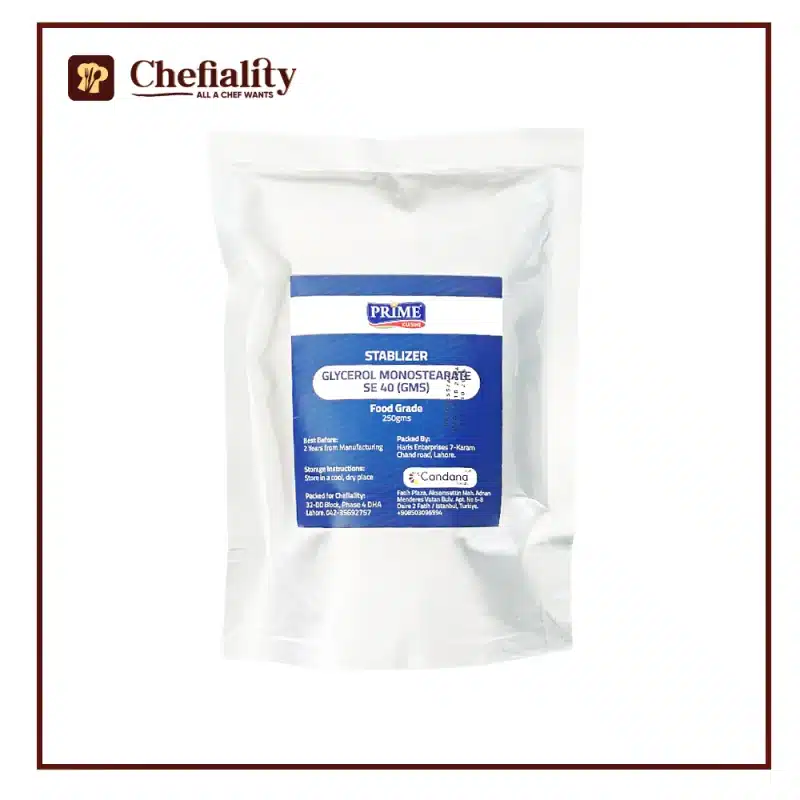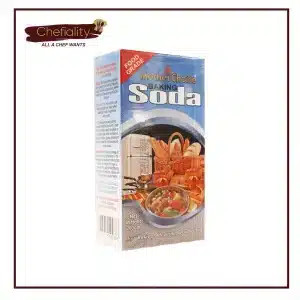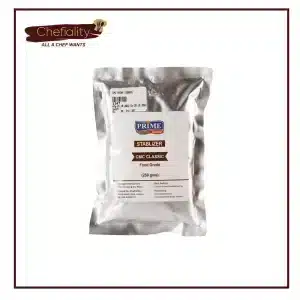GMS Powder has several functions and applications in food preparation and production:
- Emulsification: GMS is often used to improve the texture and stability of food products by acting as an emulsifier. It helps mix ingredients that do not naturally combine, such as oil and water. This property is particularly useful in baking, ice cream production, and the manufacturing of sauces and dressings.
- Texture Enhancement: GMS can be added to certain foods to enhance their texture, making them creamier or smoother. It’s often used in ice cream to create a smoother mouthfeel and prevent ice crystals from forming.
- Stabilization: GMS helps stabilize foam in whipped cream and meringue, ensuring that they hold their shape for longer periods.
- Bakery Products: In baking, GMS can be used to improve dough consistency and shelf life. It can also act as a dough conditioner and improve the softness and moisture retention of bread and baked goods.
- Reduced-Fat Products: GMS is sometimes used in reduced-fat or low-fat food products to mimic the texture and mouthfeel of full-fat versions.
- Confectionery: GMS can be used in the production of candies and confectionery items to prevent sugar crystallization and improve the texture.
It’s important to note that GMS is generally recognized as safe (GRAS) when used in food according to the U.S. Food and Drug Administration (FDA). However, it’s always a good practice to use food additives like GMS in moderation and as directed in recipes. If you have specific dietary concerns or restrictions, you should check product labels for GMS or other additives if necessary.









Reviews
There are no reviews yet.